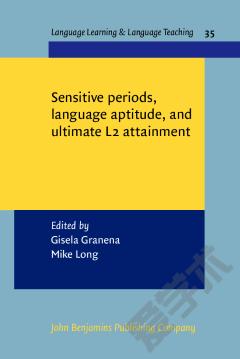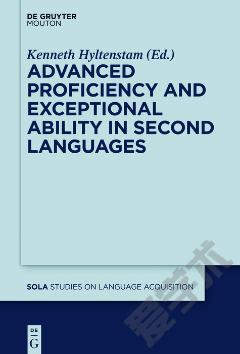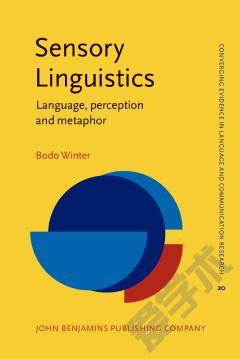Sensitive periods, language aptitude, and ultimate L2 attainment.
Research on second language acquisition (SLA) has identified language aptitude and age of onset (AO), i.e., the age at which learners are first meaningfully exposed to the L2, as robust predictors of rate of classroom language learning and level of ultimate L2 attainment in naturalistic settings, respectively. It is not surprising, therefore, that recent years have witnessed a surge of interest in the combination of age and aptitude as a powerful explanatory factor in SLA, and central to a viable SLA theory. The chapters in this volume provide new studies and reviews of research findings on age effects, bilingualism effects, maturational constraints and sensitive periods in SLA, the sub-components of language aptitude and the development of new aptitude measures, the influence of AO and aptitude in combination on SLA, aptitude-treatment interactions, and the implications of the research findings for language education policy and tailored language instruction.
{{comment.content}}








 京公网安备 11010802027623号
京公网安备 11010802027623号